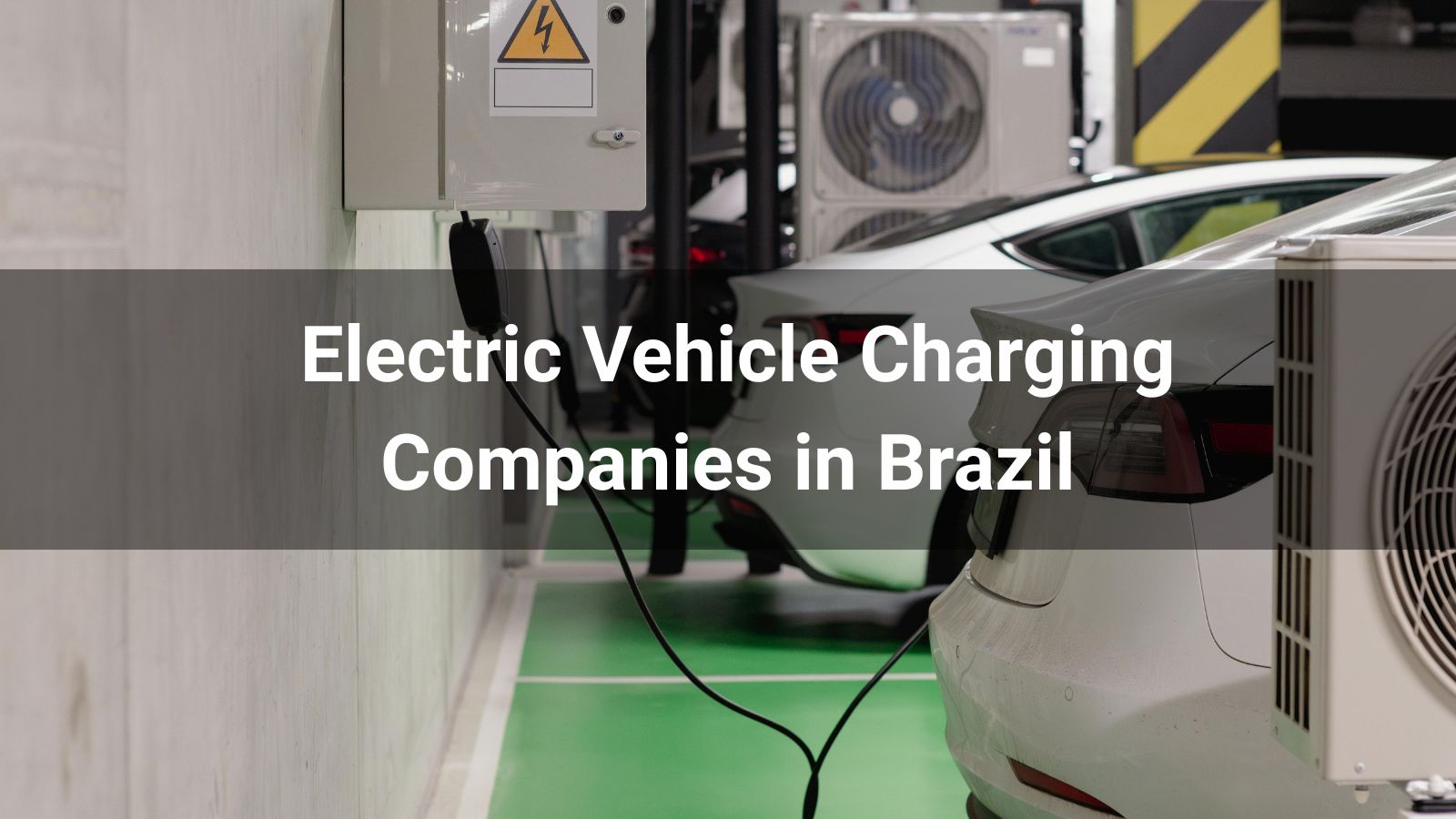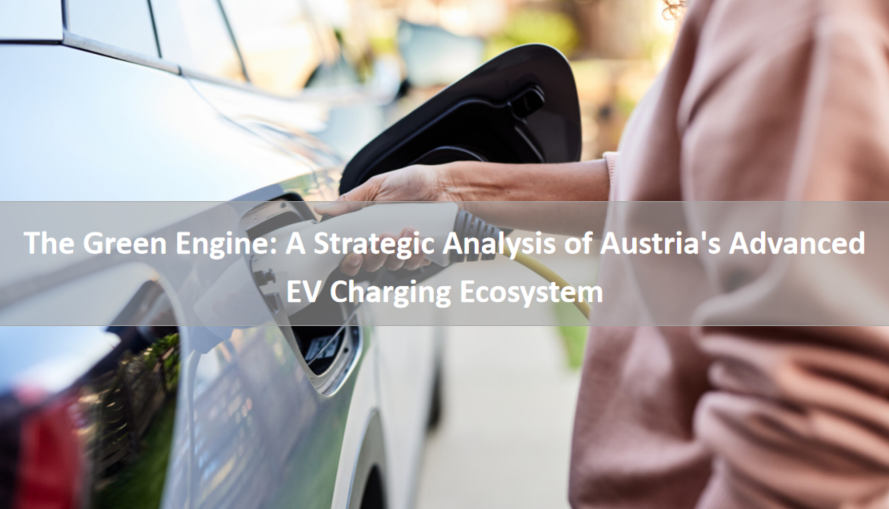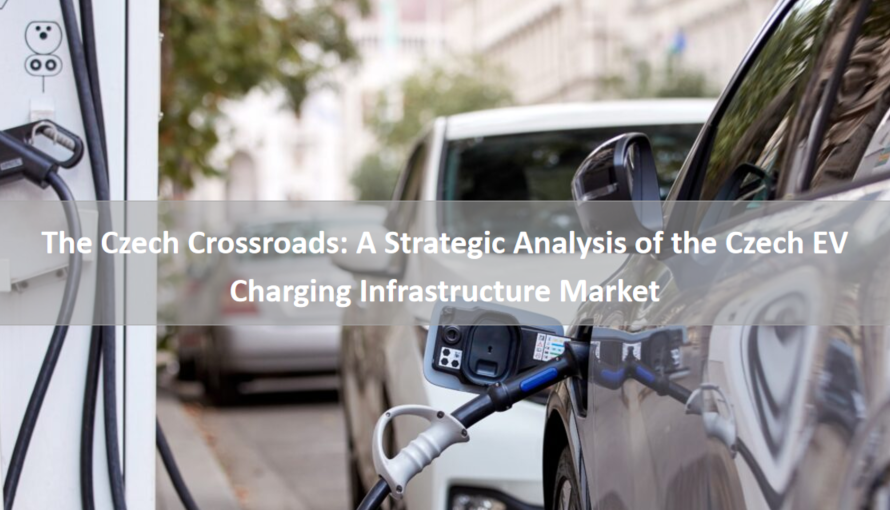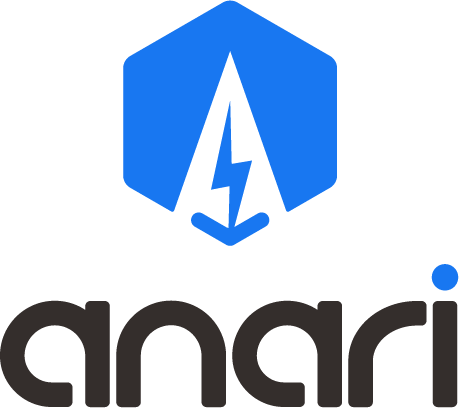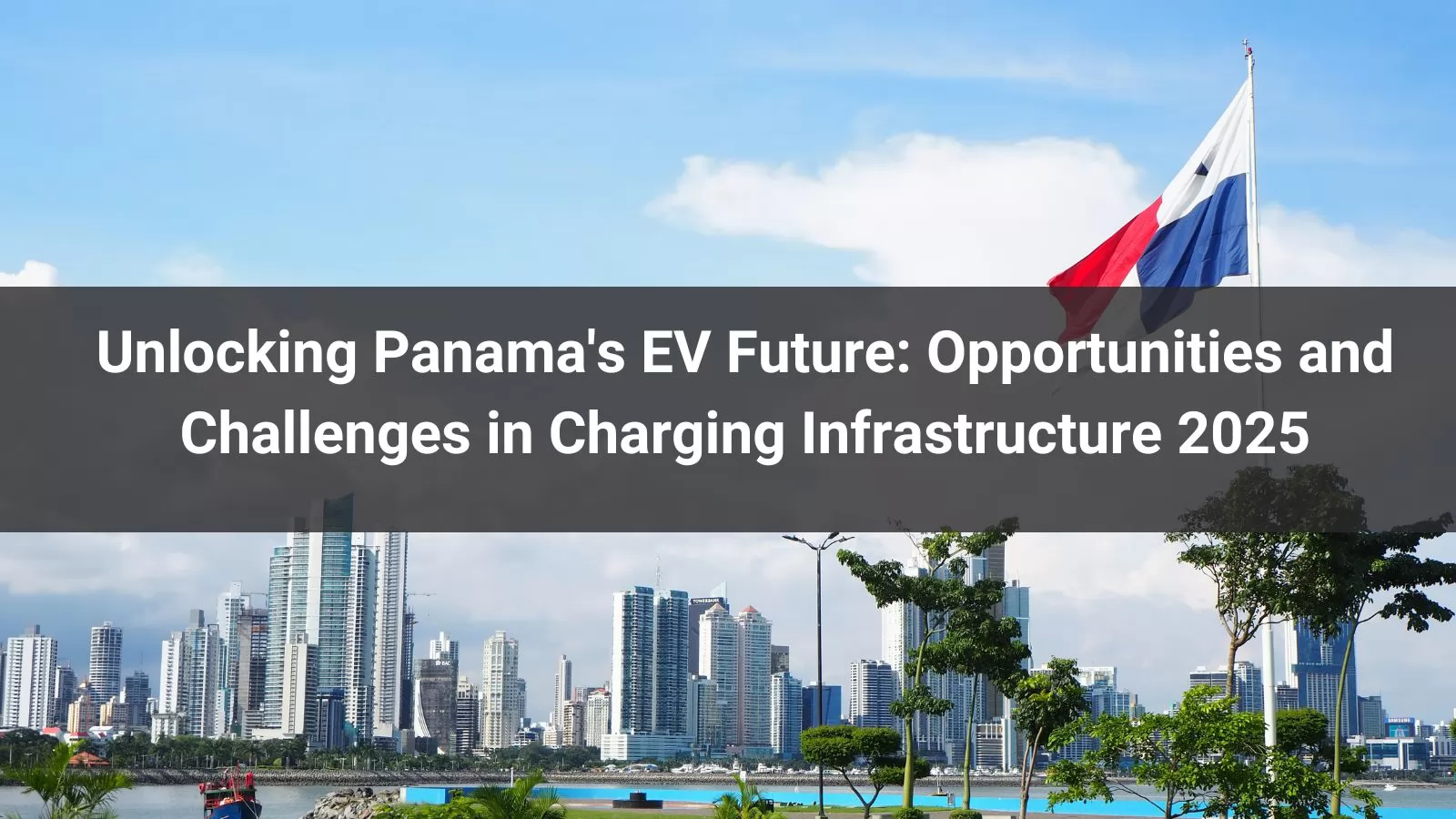
Panama’s electric vehicle (EV) market is in its early stages, offering both significant opportunities and challenges for charging infrastructure development. Driven by global decarbonization trends and supportive national policies, Panama is poised for EV adoption growth, requiring robust charging networks. This report examines Panama’s charging pile policies, market status, opportunities, and challenges, highlighting how Anari Energy’s advanced charging solutions align with the country’s needs. With high-efficiency, scalable, and sustainable technologies, Anari Energy is well-positioned to capture market share and support Panama’s transition to electric mobility.
Panama’s government recognizes electric mobility’s role in meeting Paris Agreement commitments, targeting a 24% greenhouse gas emissions reduction by 2050. The National Electric Mobility Strategy (ENME) of 2019 promotes EV adoption and infrastructure development through:
However, gaps exist. Unlike China or the EU, Panama lacks mandates for charging station density or fast-charging capacity along highways, slowing rural deployment. Limited funding ($10 million through 2025) constrains large-scale rollouts.
Panama’s policies align with global trends, such as the EU’s Alternative Fuels Infrastructure Regulation (AFIR), mandating fast chargers every 60 km along major roads. Urban charging hub focus mirrors Oslo’s strategy, where 55% EV penetration drives charger demand. Panama’s 0.5% EV penetration in 2025 suggests proactive infrastructure investment is needed, as seen in China’s 760,000 fast chargers supporting 30% EV penetration by 2022.
Panama’s EV market is growing, with 1,200 EVs registered in 2025, a 50% increase from 2023. Premium models (e.g., Tesla Model 3, BYD Han) dominate, purchased by affluent consumers and urban fleet operators. Logistics and taxi services in Panama City, including Uber’s EV fleet pilots, are key drivers. However, charging infrastructure lags, with only 50 public stations and 80 connectors, mostly Level 2 (7-22 kW). Fast chargers (50 kW+) are scarce, with 10% of stations offering DC fast charging, concentrated in Panama City. Costa Rica, with over 100 stations, outperforms Panama’s 1.6% EV penetration.
Limited charging networks cause range anxiety, a major barrier to EV adoption. Urban consumers need convenient, high-speed charging near commercial hubs, while logistics operators require fast chargers along transport corridors. Rural charging scarcity limits EV uptake outside cities, similar to Argentina’s 23 charging locations despite hybrid vehicle growth.
Panama City, housing 50% of the population, is a prime market due to high density and traffic congestion. The government’s plan to electrify 10% of public transport buses by 2030 demands high-capacity charging depots. Anari Energy’s AN-500kW Ultra-Fast Charging System, delivering 400 km of range in 10 minutes, suits urban hubs for taxis and delivery vehicles.
Panama’s role as a transit hub, with the Panama Canal and Pan-American Highway, supports charging station demand along major routes. Tourism drives EV rental needs at destinations like Bocas del Toro and Boquete. Anari Energy’s AN-SolarSync, a solar-integrated charger, leverages Panama’s 5.5 kWh/m²/day solar potential for sustainable, off-grid charging in remote areas.
The PPP framework enables private sector leadership. Anari Energy’s global deployment of 10,000+ charging stations positions it to partner with utilities like ENSA and Naturgy, using subsidies to lower costs. The AN-CloudSync Platform optimizes charger utilization with real-time analytics, addressing low usage rates seen in early-stage markets like Colombia.
High fast-charging station costs ($50,000–$100,000 per unit) and limited government funding ($10 million through 2025) are barriers. Panama’s 2.5% GDP growth in 2025 limits public investment, similar to Latin America’s liquidity challenges. Low EV adoption deters private investors due to uncertain returns.
Panama’s hydropower-reliant grid (60% of supply) faces seasonal variability, impacting charging reliability during dry seasons. Fast chargers strain urban grids, requiring costly upgrades. Anari Energy’s AN-PowerGrid Stabilizer, with battery storage, mitigates peak demand, enabling scalable deployments, similar to BYD’s battery-supported chargers in China.
No mandates for charger density or rural coverage hinder growth. Public awareness is low, with only 20% of Panamanians interested in EVs in 2025, compared to 40% in Costa Rica. Anari Energy’s AN-EduCharge Program, combining education with charging installations, can raise awareness and demonstrate reliability.
Panama’s EV charging market offers opportunities driven by supportive policies and urban demand, but faces challenges like limited funding, grid constraints, and low awareness. Anari Energy’s ultra-fast chargers, solar-integrated systems, and grid-stabilizing solutions align with Panama’s needs, positioning the company to lead the market. Leveraging global expertise, Anari Energy can drive Panama’s electric mobility transition, delivering sustainable value and capturing market share.

